Samsung has announced a new 50-megapixel ISOCELL imaging sensor that touts faster autofocus and brighter images even in low-light scenarios.

The 1.2μm 50Mp ISOCELL GN1 imaging sensor touts best-in-class auto-focusing with 100 million phase-detection auto-focus (PDAF) agents. Samsung’s Dual Pixel technology places two photodiodes side-by-side within a single pixel that can receive light from different angles for phase detection. With all of the sensor’s active pixels working as auto-focusing agents, the GN1 can detect and focus onto a desired still or moving object from every corner in an instant, even in low-light conditions. When capturing images, a single-pixel output is created by merging the outputs from the two photodiodes within the pixel. Samsung also provides a software algorithm that takes light information from each photodiode to produce image resolutions comparable to 100MP.
There’s also Tetracell technology, a pixel-merging technique that improves the pixels’ capacity to capture and process more light. By binning four-pixel signals into one, Tetracell doubles the image sensor’s pixel size to 2.4μm and quadruples the light sensitivity to take brighter 12.5Mp photographs. With improved light sensitivity combined with a powerful auto-focusing solution, the GN1 is able to focus on an object quickly even in extreme low-light environments to deliver both brighter and sharper results.
In addition to these, it also has Smart-ISO that intelligently selects the optimal ISO, real-time HDR that captures the scene in multiple exposures simultaneously, and gyro-based electronic image stabilization (EIS) that takes sharp images and video even when in motion. For premium video quality, the image sensor supports video recording at up to 8K resolution at 30 frames-per-second (fps).
Samsung’s newest ISOCELL sensor started mass production this month, with the upcoming Vivo X50 Pro said to be one of the first to feature the sensor in a smartphone.
Discover more from WalasTech
Subscribe to get the latest posts sent to your email.


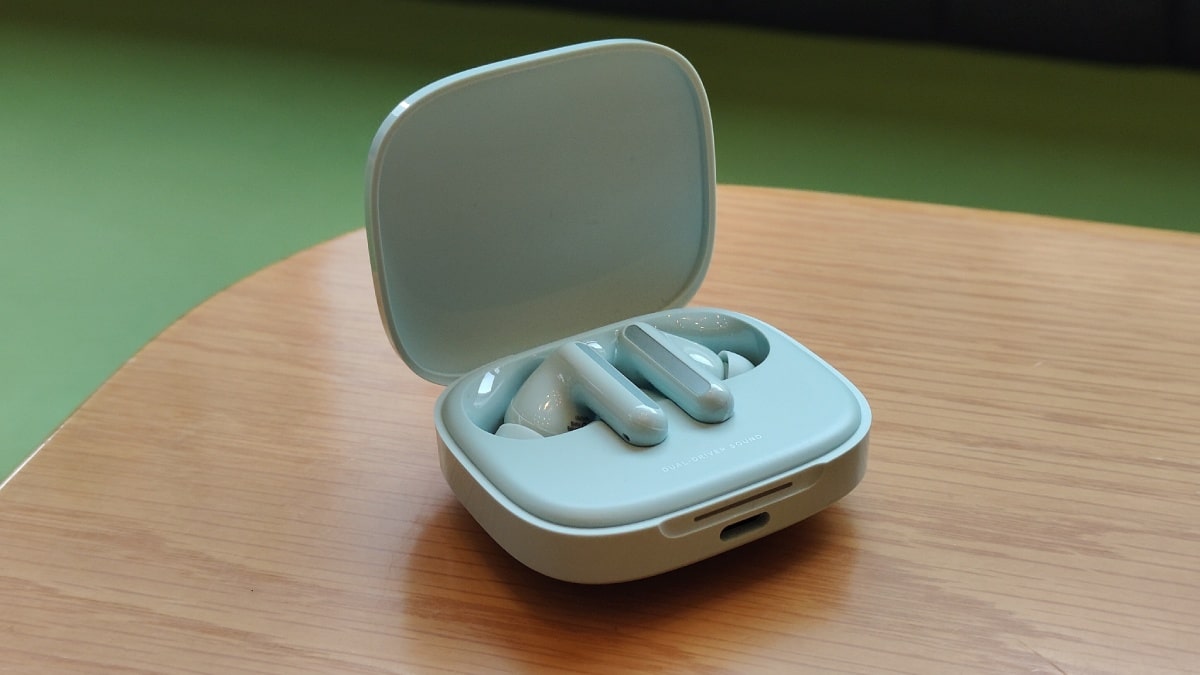
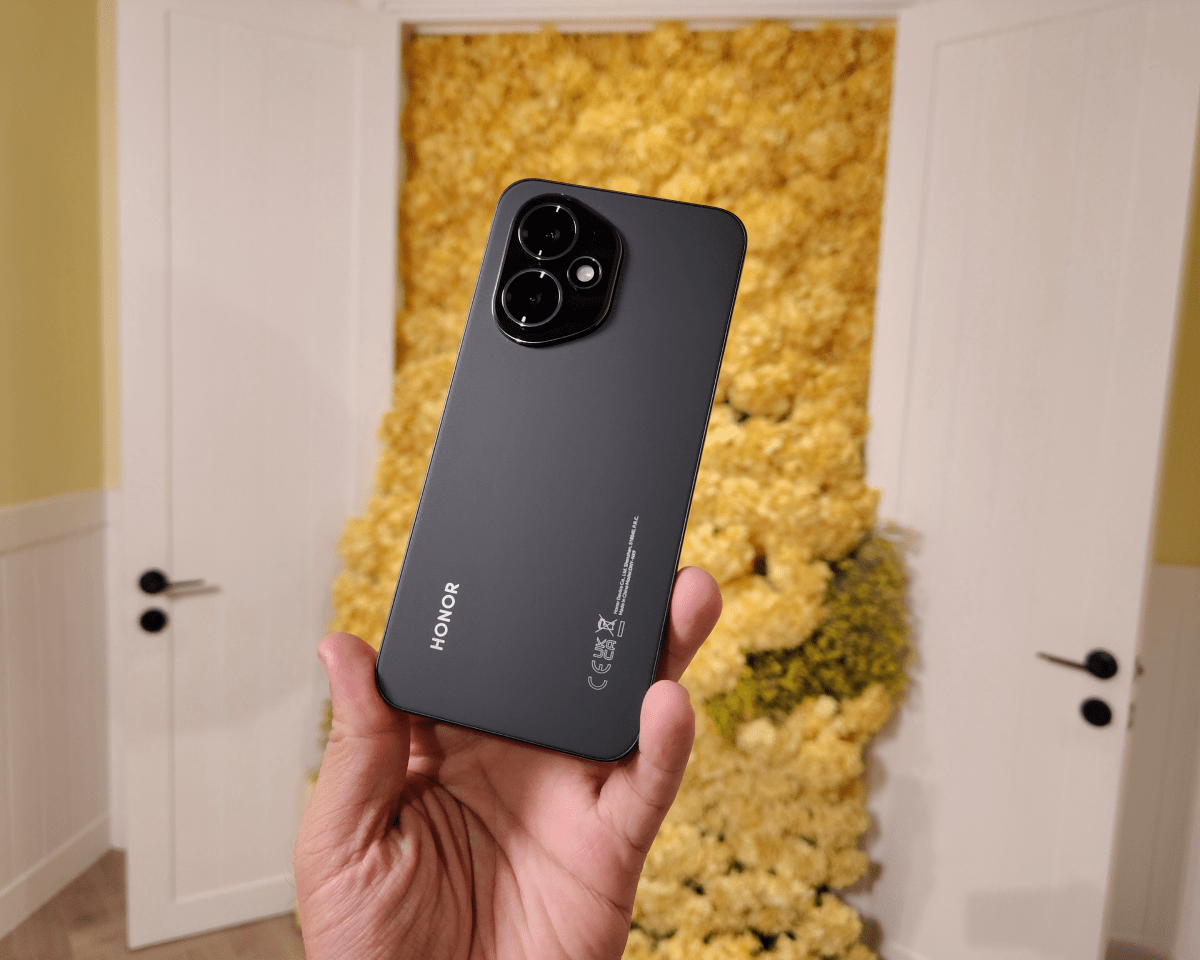
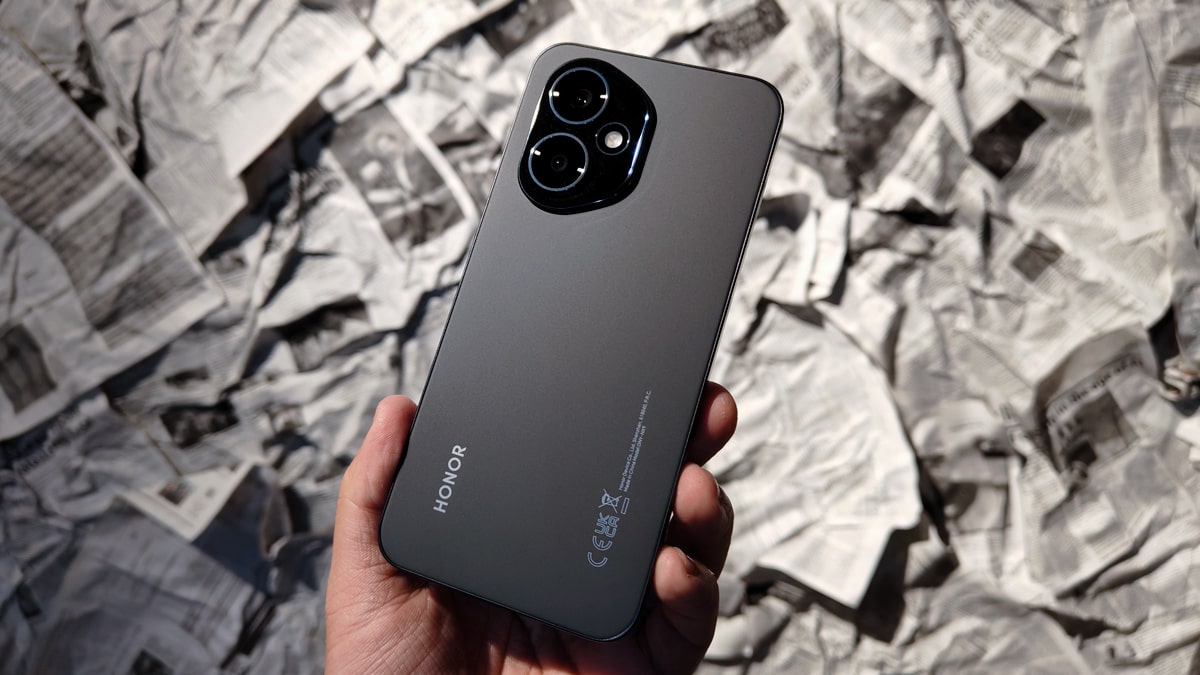
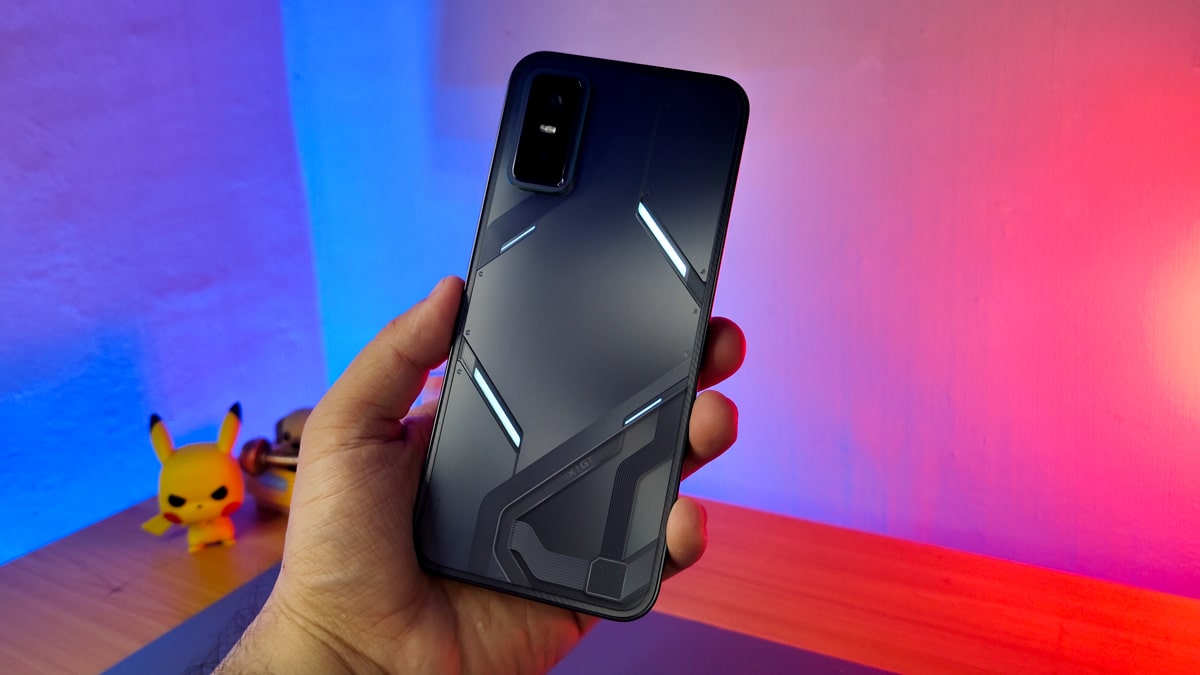
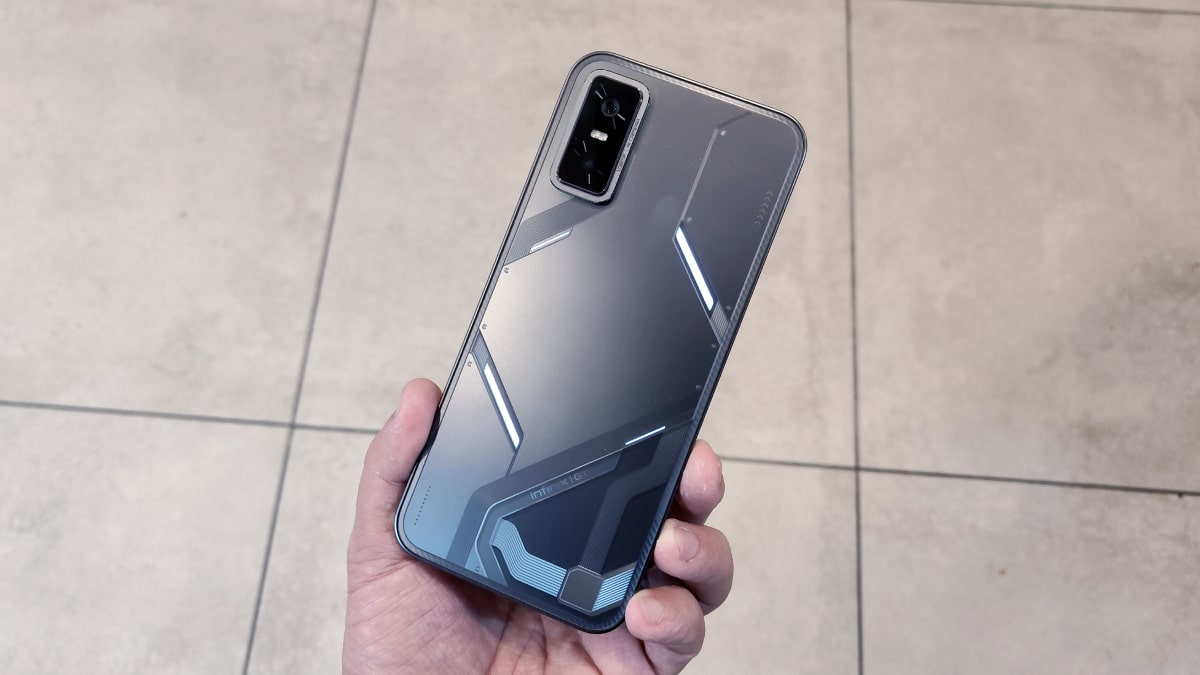
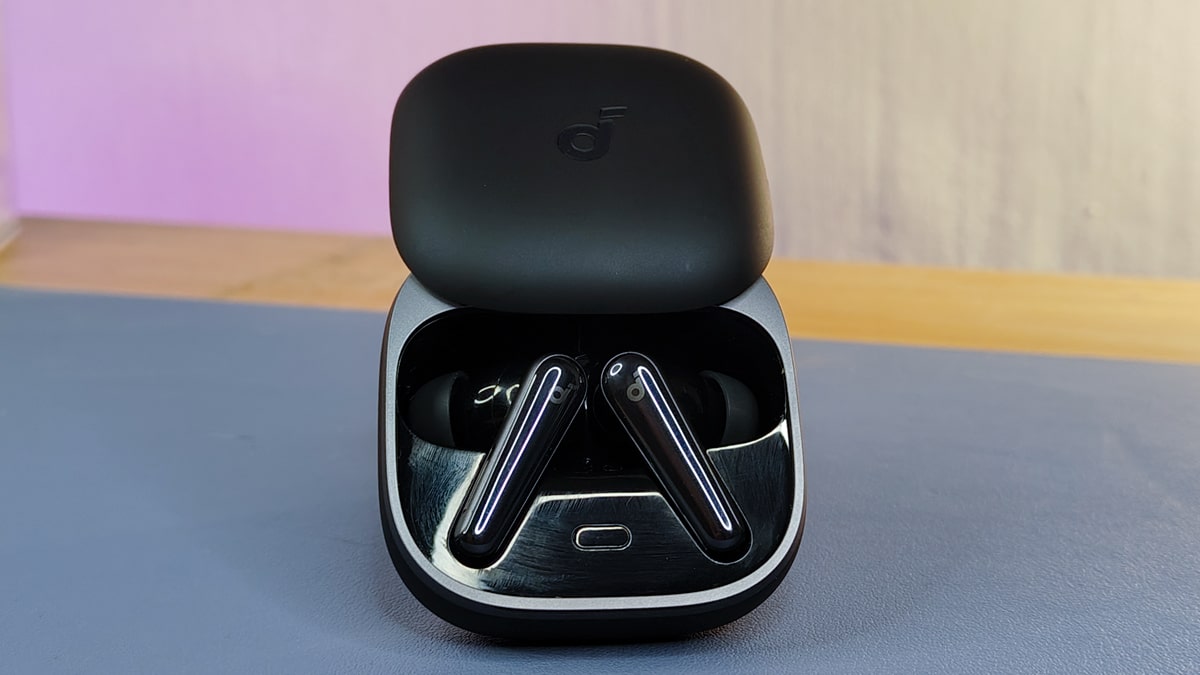

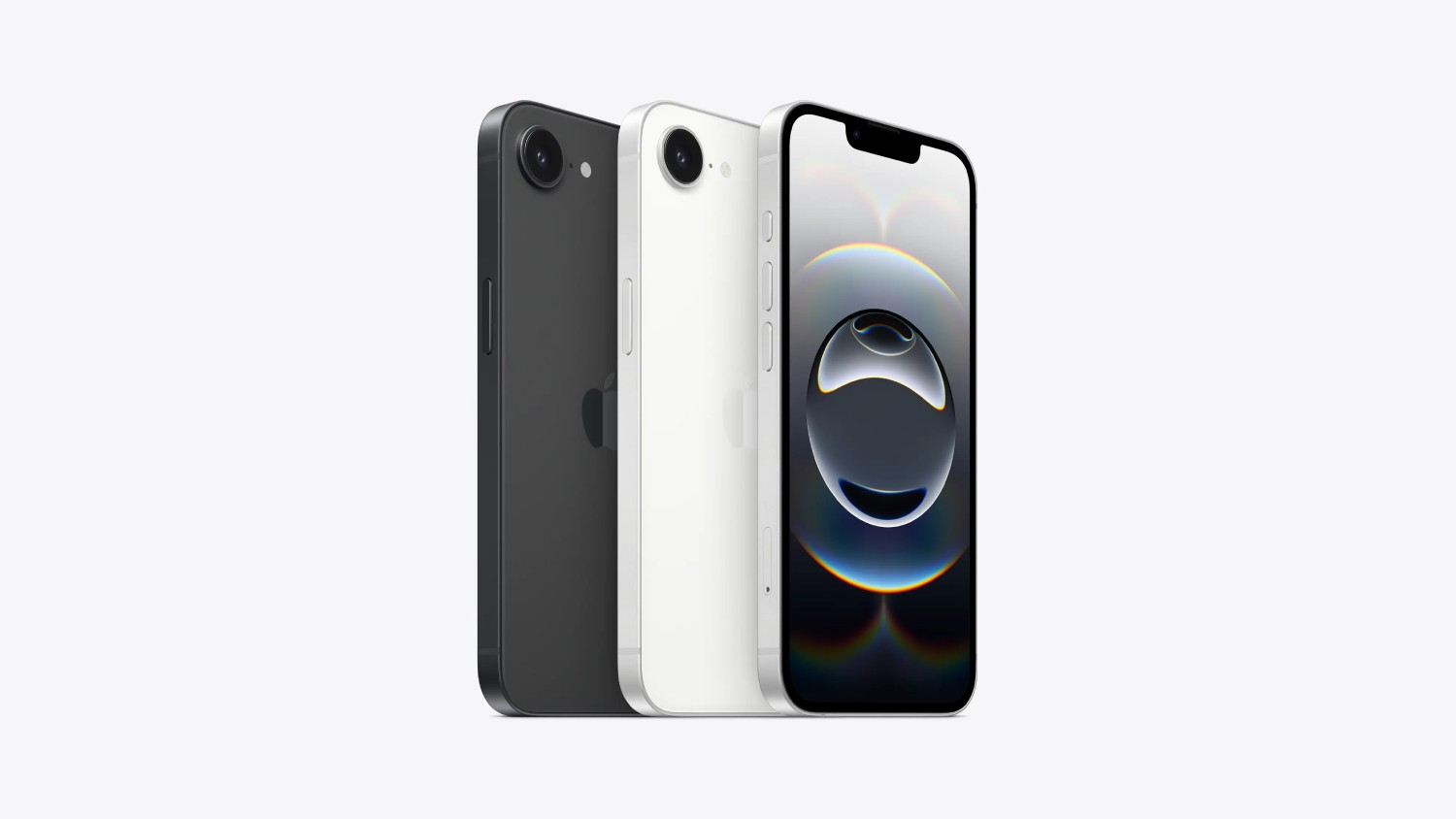
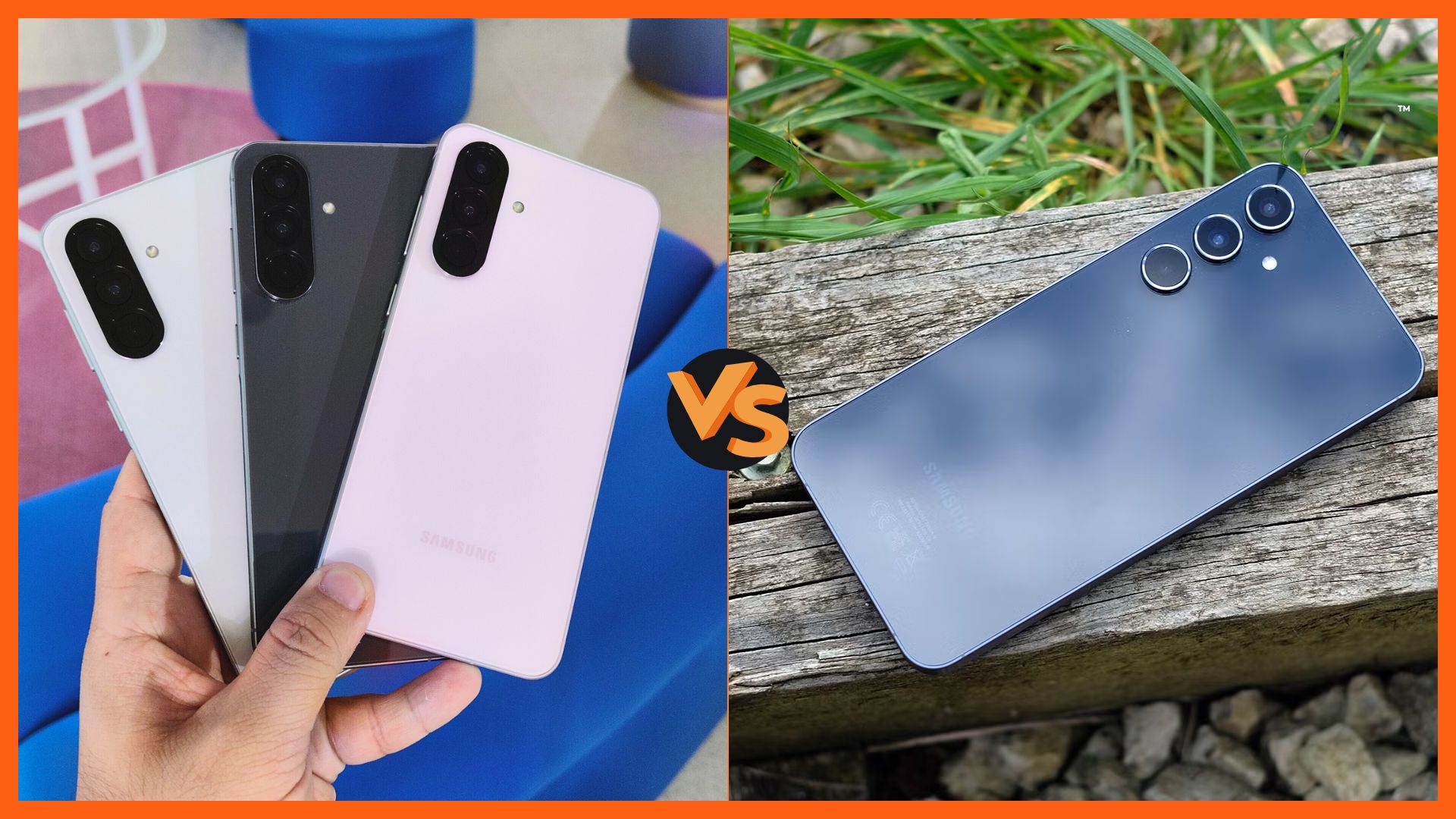





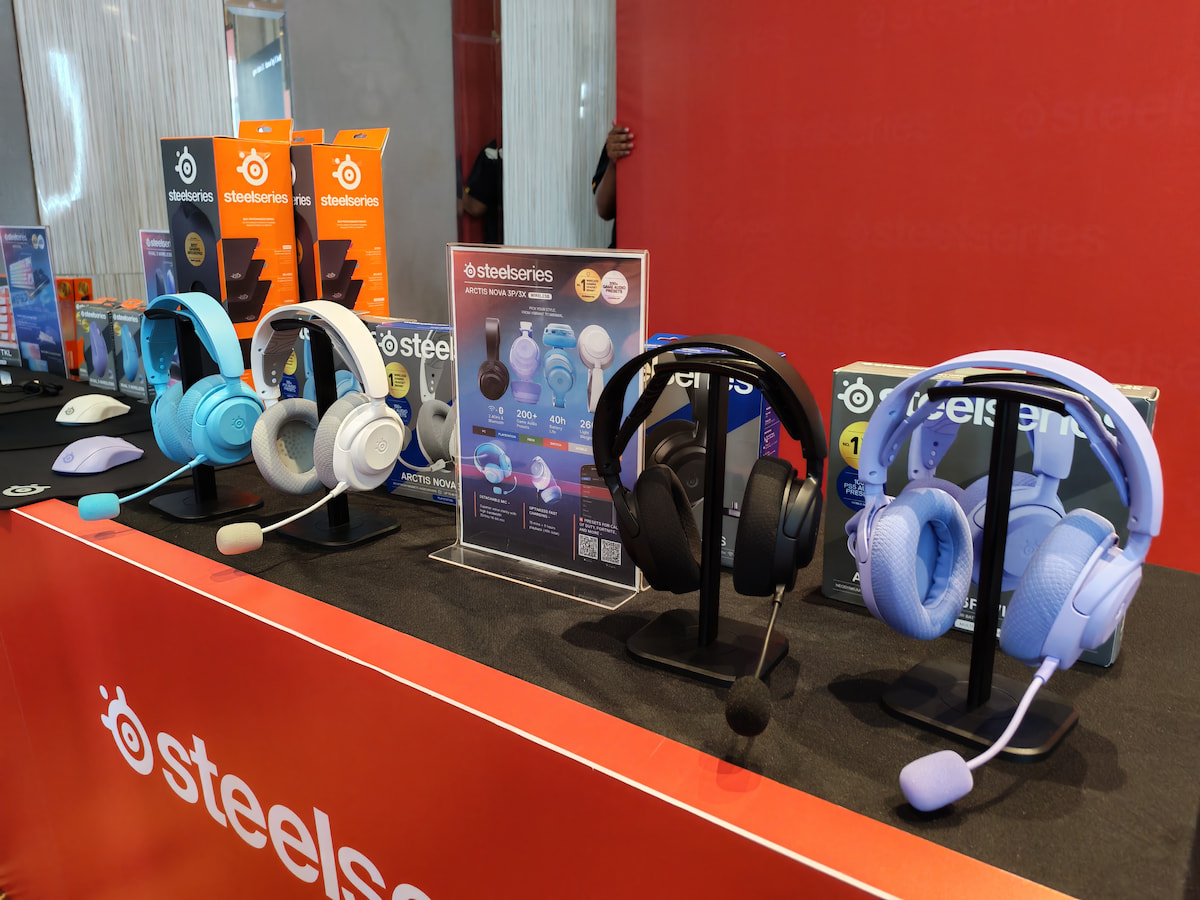






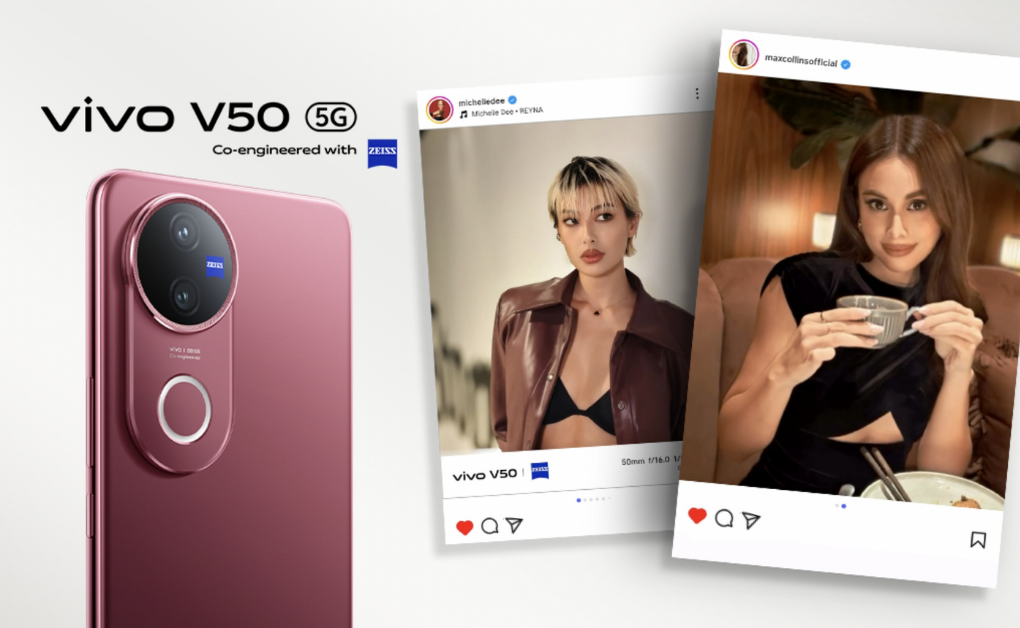
Leave a Reply